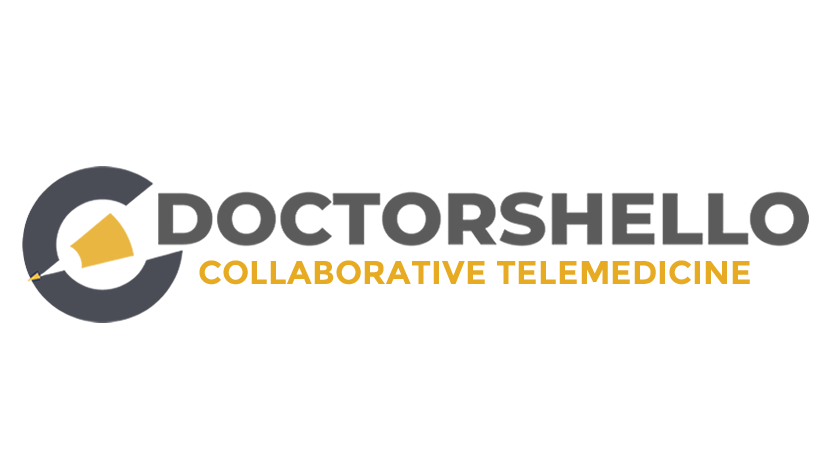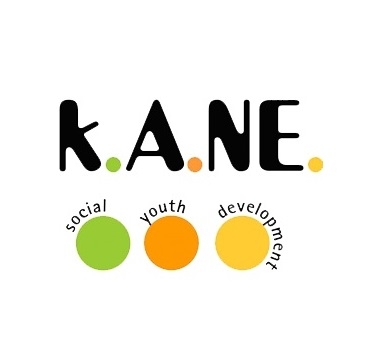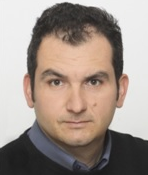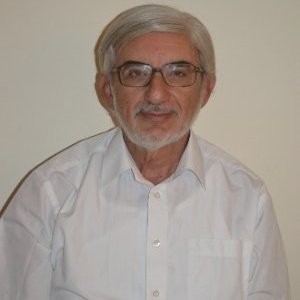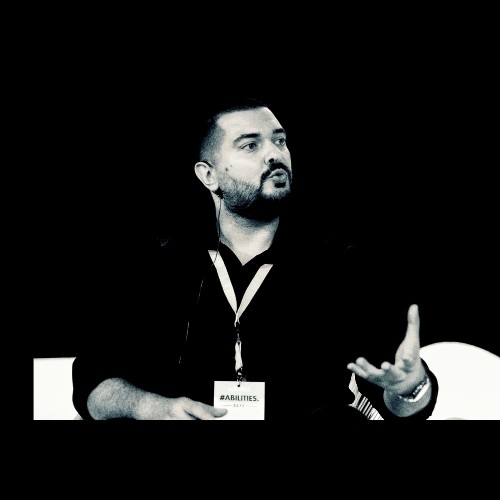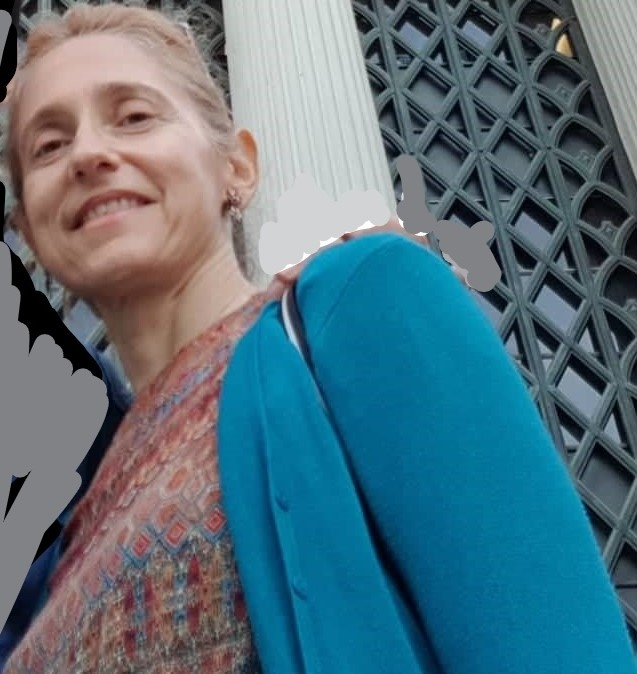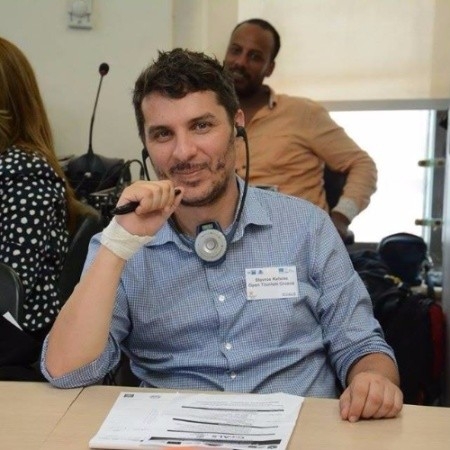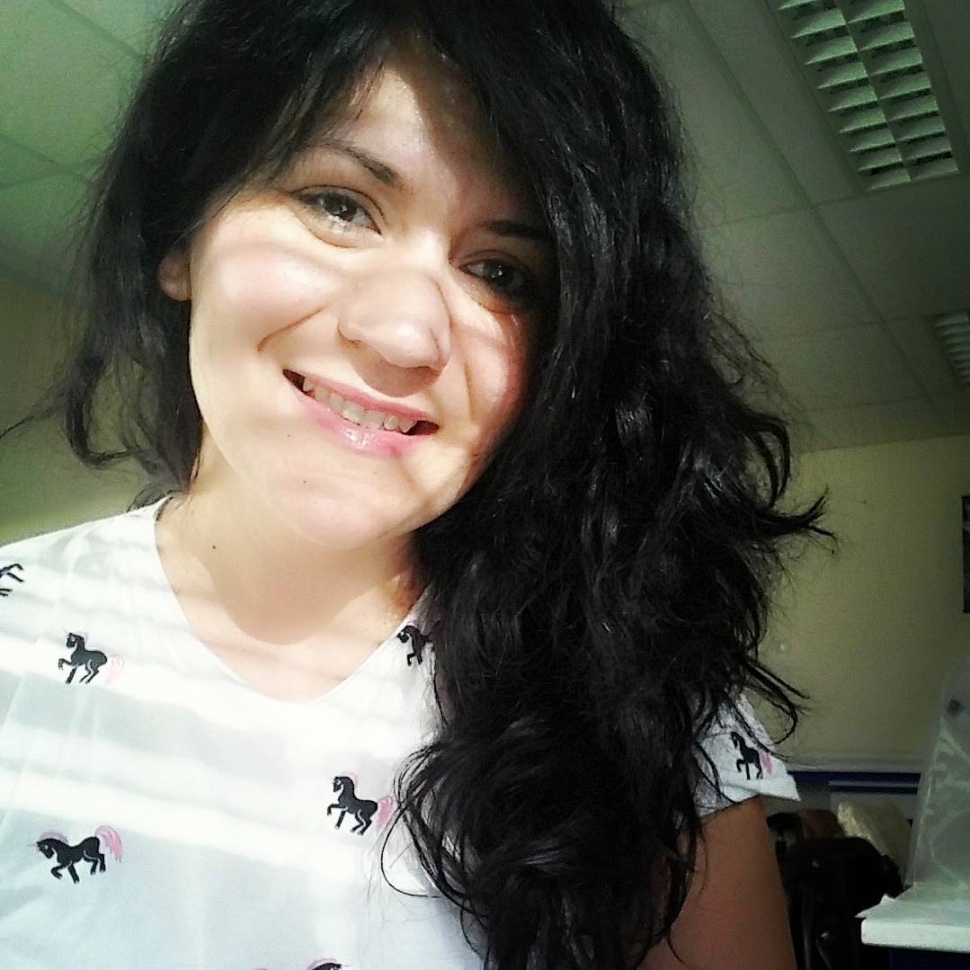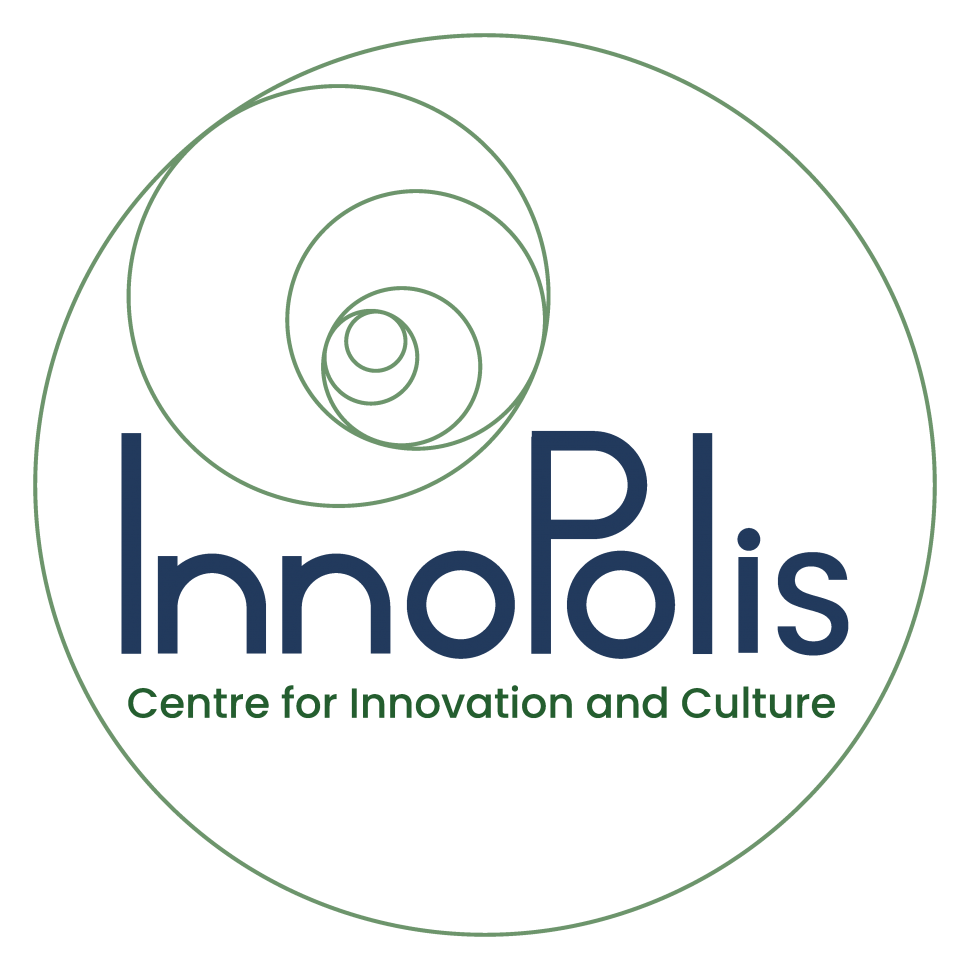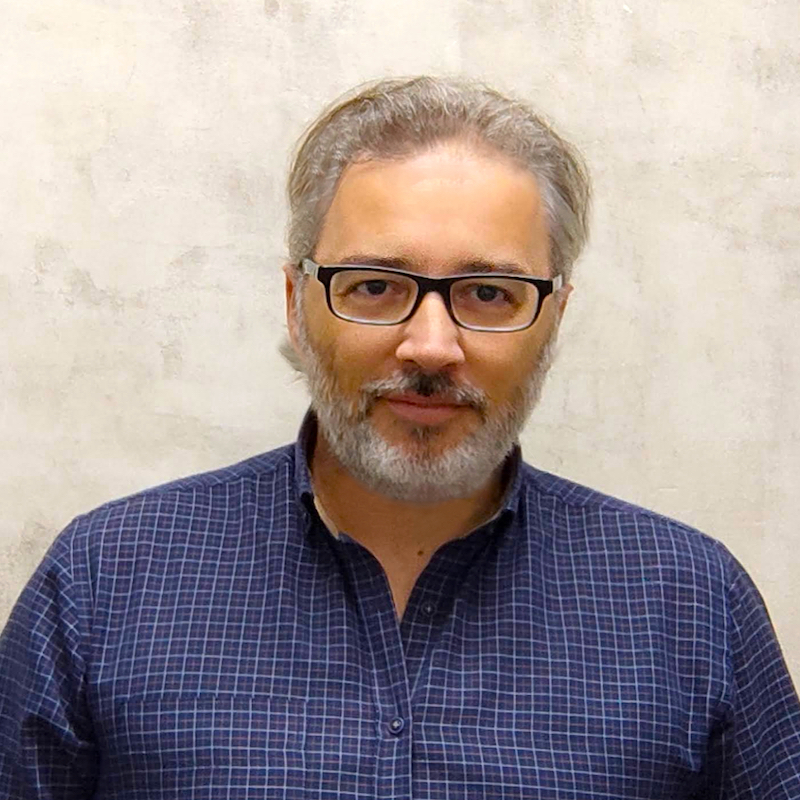
Wireless and Mobile Communications Lab, University of Peloponnese
Looking for Partnership Looking for Extra EU Funds
The Wireless and Mobile Communications research group is located at the Department of Informatics and Telecommunications of the University of Peloponnese, since 2002. It consists of five (5) faculty members, four (4) associate researchers and many under- and post-graduate students. The members of the Lab demonstrate research excellence (since the early 90's) in the areas of:
· Radiowave Propagation Modelling and Measurements, (especially Ray Tracing propagation modelling)
· Performance of Wireless Cellular and Satellite Systems (from 2G to 5G systems and beyond, Multihop Networks, Full Duplex systems, Free space optical wireless)
· Smart Antenna and MIMO Systems (performance - implementation issues)
· Network Planning (BS positioning, optimization algorithms, smart reduced emissions planning)
· Radio Resource Management (bandwidth allocation techniques, relay networks)
· Communications with Unmanned Aerial Vehicles (UAVs)
The Lab infrastructure includes a high performance computing cluster and state-of-the-art measurement tools that support modern wireless and mobile communication systems. Specifically the lab can support:
· EM radiation measurements (narrowband-safety)
· Air interface measurements for GSM, UMTS, LTE and UAVs
Among various distinctions the faculty group has two best IEEE conference paper awards and one finalist paper, three guest editorials in international magazines, five technical documents to standards, as well as more than 200 journal & conference papers with more than 4000 citations. The members of the group have performed pioneering research in advanced wireless systems with smart antennas as early as the first European R&D collaborative project TSUNAMI in the early 90's, they have developed one of the first advanced ray tracing propagation models, while they have been included in the editorial boards of prestigious journals such as the IEEE Transactions on Wireless Communications and IET Communications.

